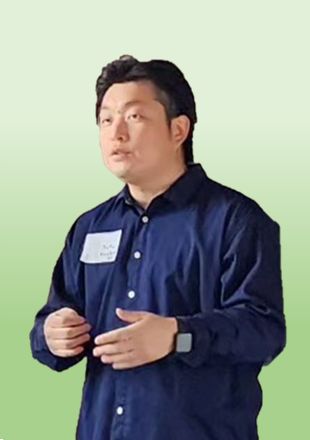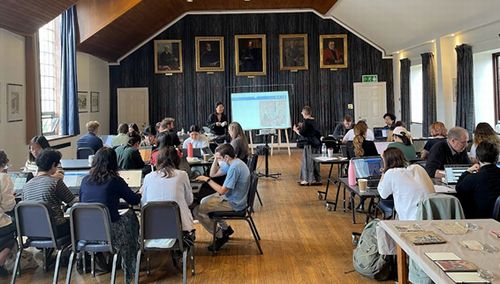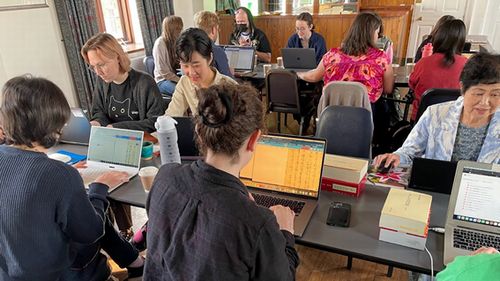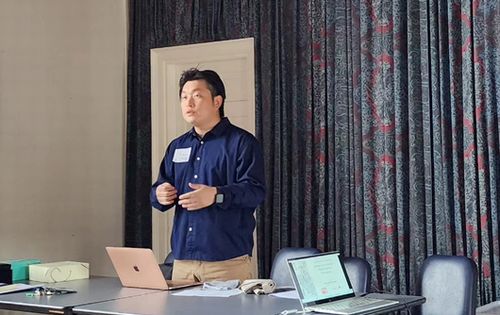From the Frontlines of Research and Studies [England]: HASHIMOTO Yuta (National Museum of Japanese History)

From the Frontlines of Research and Studies [England]:
HASHIMOTO Yuta (National Museum of Japanese History)
The National Institutes for the Humanities (NIHU) sends young scholars, who are participants in Institute-based projects and co-creation initiatives, to international seminars and research institutions abroad, including universities. This program aims to promote NIHU’s projects and support young scholars in their academic studies, presentations at international seminars, and other overseas research opportunities.
In this issue, we feature a report from HASHIMOTO Yuta of National Museum of Japanese History, who was dispatched to England.
My name is HASHIMOTO Yuta, Associate Professor at the National Museum of Japanese History. From the end of July to the end of August, I spent a month as a visiting researcher at the Faculty of Asian and Middle Eastern Studies of the University of Cambridge. Cambridge is, alongside Oxford, one of the English-speaking world’s premier academic institutions. It has a remarkably long history, having been founded in the thirteenth century.

The Summer School in session
The purpose of my visit was to participate as an administrative staff member in the Cambridge Summer School in Early Modern Japanese Palaeography (https://wakancambridge.com/summer-school-2023/), which is targeted at researchers, graduate students, and librarians working in the field of Japanese studies. This program is run by Professor Laura Moretti, who teaches early modern Japanese literature at Cambridge. It attracts more than 30 participants from all over the world every year.

Students using Minna de Honkoku
The Summer School has used my transcription platform Minna de Honkoku (https://honkoku.org/index_en.html) as a learning tool since 2019. This year I finally got the chance to attend the program in person as the platform’s developer. I played a technical support role by instructing participants on how to use the tool, while gathering feedback to help with development of a new version. The platform’s AI character recognition feature was put to particularly heavy use, demonstrating AI’s great potential for helping teach how to read old Japanese texts in cursive script.

Prof. HASHIMOTO talking about the platform
During the second half of my stay, I attended the 2023 conference of the European Association for Japanese Studies (EAJS) in Ghent, Belgium. There I gave a paper describing the Minna de Honkoku platform, including how it is being put to actual use at Cambridge.
HASHIMOTO Yuta
DLitt, Associate Professor at the National Museum of Japanese History, specializes in digital humanities and the history of modern Western science. He works on developing platforms applying computer technology to historical research and education. To date he has developed such platforms as Minna de Honkoku for transcribing old Japanese texts; a crowdsourcing platform Minna de Koshashin for annotating historical photos; Nihon no Chusei Monjo Web, a website for reading medieval Japanese documents; and the app KuLA, which helps one learn to read cursive script.
